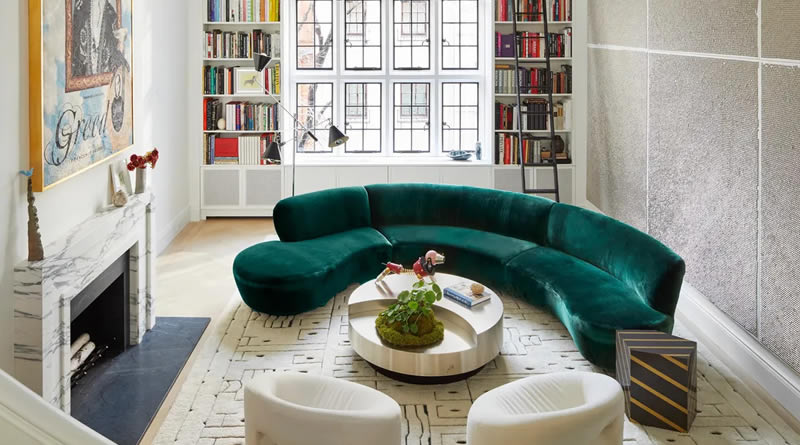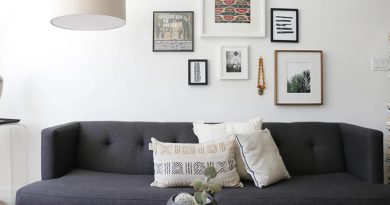Popular Styles and Trends in Furniture Design
Furniture design is a dynamic and ever-evolving field that reflects the changing tastes and preferences of individuals and society as a whole. Whether you’re furnishing a new home or looking to update your existing space, staying informed about the latest styles and trends can inspire you to create a stylish and inviting environment. In this article, we will explore some of the popular styles and trends in furniture design that have captured the attention of both designers and homeowners.
1. Minimalism
Minimalism has gained significant popularity in recent years, focusing on simplicity and clean lines. This design approach emphasizes functionality and removes unnecessary ornamentation, creating a clutter-free and serene atmosphere. Minimalist furniture often features sleek profiles, neutral colors, and natural materials such as wood and metal. The minimalist style is ideal for those seeking a contemporary and uncluttered aesthetic.
2. Scandinavian Design
Scandinavian design has long been celebrated for its timeless appeal and emphasis on functionality. This style originated in the Nordic countries and has gained worldwide recognition for its simplicity, craftsmanship, and connection to nature. Scandinavian furniture is characterized by its clean, organic shapes, light color palettes, and the use of natural materials such as light-toned woods and leather. It combines form and function to create comfortable and visually appealing spaces.
3. Mid-Century Modern
Mid-century modern design continues to be a popular choice, drawing inspiration from the design movements of the mid-20th century. This style is known for its iconic furniture pieces characterized by sleek lines, organic curves, and a blend of different materials like wood, metal, and plastic. Mid-century modern furniture often features bold colors and geometric patterns, adding a playful and retro touch to interior spaces.
4. Industrial Style
The industrial style takes cues from old factories and warehouses, embracing raw and unfinished elements. Exposed brick walls, metal accents, and distressed finishes are common features in industrial furniture design. This style often incorporates salvaged materials, such as reclaimed wood and repurposed metal, to create a rugged and urban look. Industrial furniture can add character and a sense of history to contemporary spaces.
5. Eco-Friendly Design
With a growing focus on sustainability and environmental consciousness, eco-friendly furniture design has gained popularity. This trend promotes the use of sustainable materials, such as bamboo, cork, recycled plastics, and reclaimed wood. Eco-friendly furniture not only reduces the environmental impact but also contributes to healthier indoor air quality. It combines style and conscience, allowing you to create a beautiful and sustainable home.
6. Mixed Materials
Incorporating a mix of materials is a trend that adds visual interest and dimension to furniture design. Combining materials such as wood, metal, glass, and fabric creates a dynamic and eclectic look. This trend allows for creative combinations, such as a wooden tabletop with metal legs or a fabric-upholstered chair with a metal frame. Mixed-material furniture adds depth and personality to any space.
Conclusion
Furniture design is an exciting realm that continuously evolves, offering a wide range of styles and trends to suit various tastes and preferences. From the simplicity of minimalism to the timeless appeal of Scandinavian design, the choices are vast. Mid-century modern, industrial style, eco-friendly design, and the use of mixed materials provide further avenues for personal expression. By staying informed about the latest trends in furniture design, you can curate a space that reflects your individuality and creates a welcoming and stylish environment for years to come.




